Mizu No Oto - Every Image Has Its Haiku - Edition #33
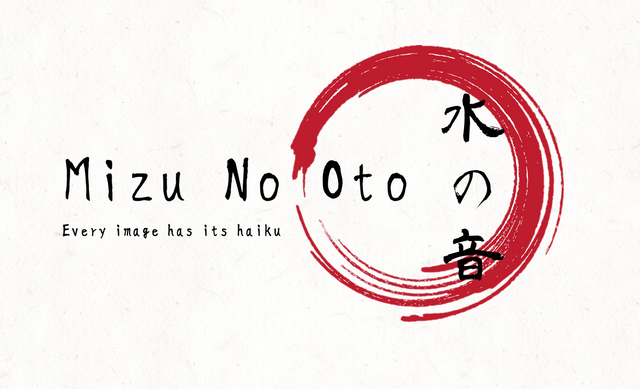
haiku by Naoko Yamazaki, astronaut of JAXA (Japan Aerospace Exploration Agency)
After more than a month off, the Bananafish haiku contest returns! Have we missed you? Let's hope so!
Here is how this contest works:
A photo is posted.
You write a haiku inspired by that photo with your own post (use #haikucontest as your first tag) or a comment in the comment section.
You can read other’s haiku and vote for one of them, answering to the special Bananafish comment in the comment section.
The authors of the Best Haiku, Popular Choice, and Best Vote Comment WIN 3 STEEM, 2 SBI & 500 SNAX!
While we were on pause, we have reflected on how to improve this unique contest in the Steemit panorama, continuing to guarantee the high standard and the atmosphere of rich cultural exchange that sets it apart.
From this 33rd edition, there will be some news:
The contest will no longer be weekly, but more spaced over time, more or less twice a month, one in English and one in Spanish;
The time available to post, read and vote haiku will increase up to the post payout, therefore seven full days;
The prizes will no longer be only in SBI shares, but also in STEEM and in SNAX (read below);
The characteristics for haiku to be valid will change slightly - and above all they will be different for English and Spanish (this edition is dedicated to haiku in English, in the next one the rules for haiku in Spanish will be included) - the poems that will not respect these basic features will not be considered valid for the Best Haiku, but they can still win the Popular Choice.

The Prizes:
Courtesy of our partners, @Crowdmind, we're now also giving away SNAX tokens!
Check out Crowdmind's Interview with the team from the SNAX blockchain as well as our previous post.
To receive your SNAX rewards, you'll need to have a SNAX wallet.
Here's a tutorial with photos. on how to set a SNAX wallet.
So, the prizes now are:

The requirements:
• The haiku should be related to the prompt image.
• A haiku has no title.
• The haiku should be in English, or include an English translation.
• The English haiku form is: a short (3-4 syllable) verse, a longer (5-6 syllable) verse, another short (3-4 syllable) verse.
• There should be the kireji (切れ字), a cut between the 1st and the 2nd verses, or between the 2nd and the 3rd; the cut can be grammatical, as a sign of punctuation, or it can be a cut in the meaning, like two different images.

Prompt Image:
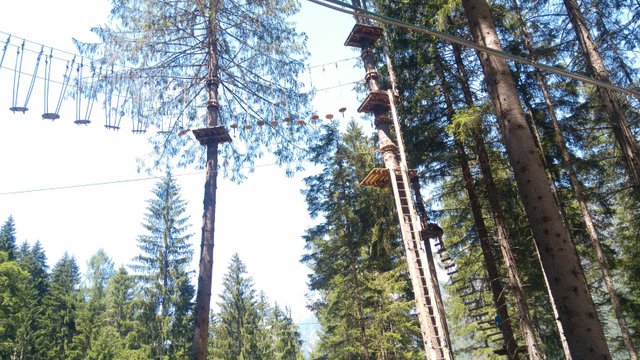
[photo by @marcoriccardi]

Do you want to know how we evaluate the submitted haiku? These are the characteristics we search for:
• Kigo (季語), an explicit or implicit reference to a season, that defines the time of the year in which the haiku is composed or referred to.
• Sabi (寂), the sense of the inexorable passage of time, the beauty or serenity that accompanies the advance of age, when the life of the objects and its impermanence are highlighted by patina and wear or by any visible repairs.
• Wabi (侘寂), the taste for frugal and natural things, rustic simplicity, freshness or silence; it can be applied to both natural and artificial objects, or even non-ostentatious elegance.
• Mono no aware (物の哀れ), empathy with nature and human life; the "feeling of things", nostalgia, regret for the passing of time, understanding of the changeability and of the transience without suffering.
• Yūgen (幽玄), sense of wonder and mystery; it represents the state of mind produced by the inexplicable fascination of things, the feeling of an 'other' universe, full of mysterious unity.
• Karumi (軽み), beauty in simplicity; poetic beauty reflected in its simplicity, free from preconceptions and moral judgment.
• Shiori (しおり), gentleness; the levity and the delicate charm that radiates from the verses, where things are evoked in the reader without aggressiveness or excessive explicitness.

The Fūryū: the Sabi
Together with the contest, the space for a little theoretical study of haiku also returns.
In this edition, we begin to talk about a very important concept in Japanese art in all its forms: the fūryū (風流).
The word is composed by the two ideograms fū (風, wind) and ryū (流, movement), so it could be translated as "flowing of the wind". Etymologically, it derives from the Chinese fengliu, which means "good manners".
Over the centuries, the fūryū has been declined in very different ways: sometimes as a rejection of the world, an asceticism of Taoist derivation; sometimes as hedonism and court life. It is an element that unites all the Japanese artistic disciplines, from poetry to painting, to the tea ceremony, to the art of arranging flowers, to repairing broken pottery... it seems that the Japanese have codified any activity in art form, and the concept behind this coding is the fūryū.
In haiku, the fūryū is a search path that is composed of three phases:
- rizoku (俚俗), the detachment of the poet from all that is worldly and superficial, adopting an essential and sober lifestyle, or at least an essential and sober thought;
- tanbi (耽美), the aesthetic immersion in nature, the fusion with the surrounding reality, to grasp its immediacy;
- shizen (自然), the rediscovery of self as nature, with no more difference or distance between subject and object.
From these three pillars, the expressive forms of haiku derive, the main ones being those we use to evaluate the compositions of our contest.
The first of these is the sabi (寂), the solitary and melancholic beauty. Sabi is the opposite of hanayaka (華やか), the vivid and flashy beauty of frivolous things.
The sabi is an aesthetic concept that refers to the external form of things and has a strong temporal connotation. It is beauty that consumed things take, things covered with a rustic patina, which show the signs of passing time. By extension, it means sobriety, modesty in expression, and symbolizes the impermanence and fragility of the human condition. It is a subtle and slightly bitter charm that permeates the haiku poetic, always aware of the transience of things and never excessive, nor baroque.
For Matsuo Bashō, the sabi was "the color of the poetic verse", that means every haiku should convey the sabi tone.
Next time, following the declinations of the fūryū, we will talk about wabi.
Thank you for your attention, I hope that what I wrote was interesting to you.

Good haiku to everybody!
Your bananafishously haiku dealer


Let’s the Bananafish Tribe grow together!
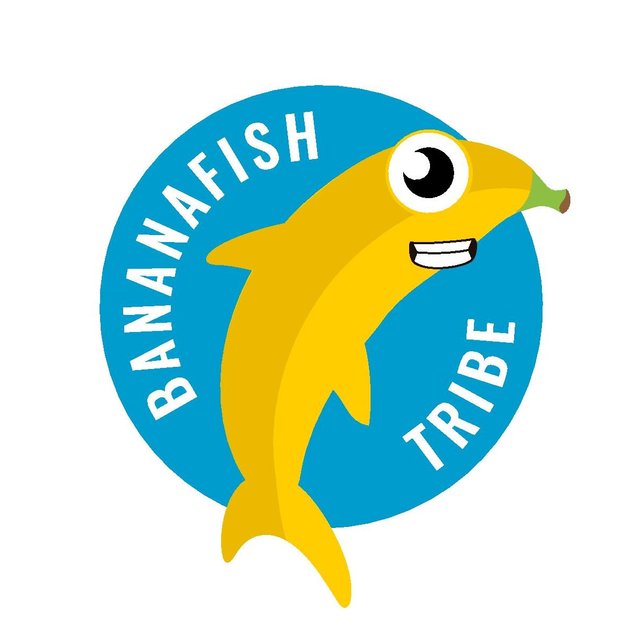
With delegations, Bananafish VP will grow and consequently the upvotes given to every contest entry will be higher.
Following the voting trail is a way to make sure you always support the other participants to the Bananafish contests, automatically upvoting the posts (but not the comments) Bananafish upvotes.
Join the Bananafish Realms on Discord and chat with us: https://discord.gg/ZWmEUWT
If you’re interested, here you can find all the information needed.

[banner credit: @f3nix]
Other Bananafish awesome contests and creative works (click on the banners):



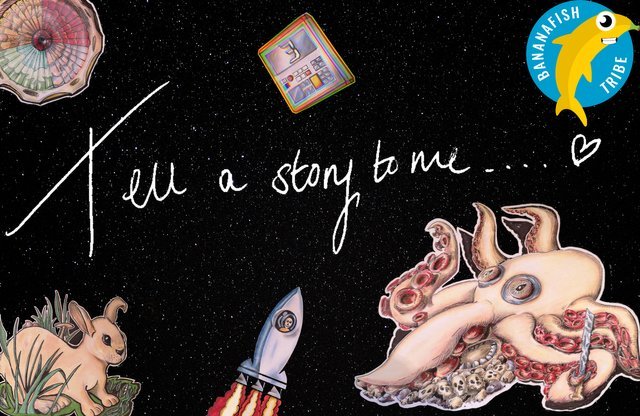
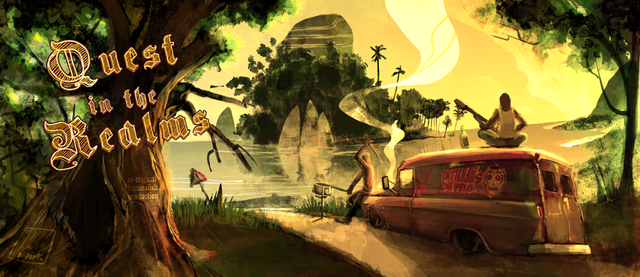
Hi Bananafish. Thank you for hosting a haiku event. Much appreciated. Here is my offering.
raised footsteps mark the way
tread with care
Welcome to Mizu No Oto! Sorry for the late comment, I had some issue with my Internet...
An appreciable attempt, but you should resist the temptation to create a sentence for each verse: the "movements" of a haiku should be only two, separated from the kireji
Thank you. I have been writing haiku, tanka, and senryu for a while. Years now. In English Haiku, it is more than acceptable to go beyond image and offer prose as long as pivot point and brevity are offered. Unlike with Japanese haiku, we are not using a symbolic language(kanji) and so it is not always effective to suppose such restraints on English haiku.
Thank you for your clarification. For English haiku in the contest, we try to follow mainly the works of Richard Gilbert, Keiko Imaoka, and Jane Reichhold, but we are in a constant research and desire to improve.
As I often say, I discovered haiku fifteen years ago, and I still feel like a beginner...
We are still learning. I approach haiku as an exercise in expanding consciousness, an attempt to see the world in a new way because of this haiku is often a work in metaphor. (what is often referred to as pivot would be the word like or as in English) When too much focus is placed on form then the 'aha' moment can be lost to criticism or restriction, affectation. Then why bother says I. The best 'rule' I have ever encounter is that haiku is contained within a breath. This gives flexibility to the creator but ensures brevity.
I am wondering though. If you wanted a more pictorial haiku why specify such a long syllable count? (perhaps it was only a suggestion, I cannot remember). If I may offer a more brief and symbolic version ...
a forest
hidden highway ...
soft footsteps
Of course, now, I have really given form the boot:)
Let me continue the conversation with my personal account.
When I write a haiku in English, I also prefer the 3/5/3 form (following Keiko Imaoka), but in 33 editions of Mizu No Oto contest I noticed many English speakers are used to think about haiku as 5/7/5.
I was needing some objective parameter, since this is a competition, in order to not leave judgment to purely emotional and subjective considerations. I know this is both a simplification and a schematisation of what a haiku could be, but I think it's inevitable if I want to keep a transparent contest.
On the other hand, we always accompany the contest with brief theoretical reflections on the aesthetic categories of haiku. These reflect my education on the subject, which starts with a study of classical Japanese haiku. This means that the setting of the competition is a bit special.
Regarding the metaphor and the "aha moment", these aren't concepts I often found in my studies. I think I understand what "aha moment" means in English language haiku elaboration: it's what I'm used to call shizen (I'm talking about it just in this post).
However, I disagree in using metaphors, or other rhetorical figures, in haiku, whose language should be immediate, sober, everyday and unadorned.
Also the concept according to which the haiku should be a metaphor of the human condition does not find me in agreement, since this in my opinion falls more in the concept of senryū.
Obviously I don't pretend to teach anyone, but it seems to me correct to let people know that, in the context of this contest, these settings of mine influence the judgment on the winners. :)
P.S. I do prefer your last, briefer, version :)
Thanks Marco for the many cues in this discussion, that you display with a humble and selfless attitude like a real fūryūjin. Every name you quote in your replies is not an attempt of authority but a sincere occasion for growth for all of us in this unique form of poetry. Thanks to you, the @bananafish offers something never seen on steemit.
The metaphor need not be about the human condition and I would agree that if it is, you would be better off considering it senryu. I generally feel haiku should incorporate nature in a wider sense.
When I speak of metaphor, I do not mean the use of literary devices ... the like and as is implied and should not be written. The 'aha' moment could also be delivered through double and multiple entendre. If you google haiku, they will talk about a juxtaposition of images or ideas (comparison/contrast).
I often incorporate more descriptive language in my haiku, ultimately because I think it works artistically and adds meaning without sacrificing brevity but also because of most people's expectation and understanding of haiku (nature, 5-7-5) But the more descriptive language is not there for its own sake ... ie the beautiful flower or lovely lake ... not that kind of thing. The word choice is deliberate. I have also taken to offering two forms of the same conceptual haiku. One 5-7-5 and one with more brevity.
I don't know that I like my second one more. It is briefer and mimics better a more traditional Japanese style. I think the first one is accessible to more readers. There is also a more meditative nature to it. The pivot is strong and it is not unnecessarily florid. The descriptive word was chosen to deliver kigo.
To the contest. Don't worry. Choose the 'ku that speaks to you. These things are personal. I don't make a habit of protesting contest results. I wasn't planning on protesting this one. I used to host a haiku writing day. I never would have wanted to judge it. That is never an easy thing. LIke I said, it is a personal thing and 'aha' moments are easily missed and neglected. I was just excited to find some other haiku enthusiasts but as you can tell my approach is a little looser.
But can I say ... I also think the 5-7-5 thing is an odd affectation.
Wishing you more happy haiku:)
Taller than human
The woods challenge us to climb
Higher than the trees.
Taller than human
The woods challenge us to climb
Higher than the trees.
- manoldonchev
I'm a bot. I detect haiku.
Hey Manol, nice to read you again! A very meaningful haiku :D
Master Marco is back!!
Do you train for Karate where this picture was taken?
I wish so.. my dream is to have a dojo in the woods.
It's a hard way up. He who dominates the heights, dominate the fear
Welcome back, @darthgexe! I see you chose to write your haiku in one line only, like the original Japanese. Nice!
Thanks, now I just need to write it in Japanese : )
But I don't think that will happen.Maybe you'll do it.
Even I can't do itWhat a joy to see the return of the contest Mizu No Oto friends of @bananafish. I hope the rest has been repairing. Ready to participate now. Greetings.
It's a joy for me to be back in action, dear @aurodivys. Fortunately now I have time again...
Pleased to return to the Mizu No Oto contest. Here is the link to my post and the text of the exercise:
https://steemit.com/steempress/@josemalavem/mizunooto-cadaimagentienesuhaiku-edicin33-5fyh3gxfh9
The pines rise
in the sky open
The spirit breathes
Vote your favorite haiku down here:
Really tough call here. My two favorites are those of @Nmcdougal & @Aurodivys. Though I love the feeling from reading Aurodivys's haiku, Nmcdougal's had a kireji.
My vote for this round goes to Nmcdougal.
Good luck to all the participants!
Welcome! Greetings friends, here is my entry to the contest https://steemit.com/haikucontest/@antoniarhuiz/mizu-no-oto-every-image-has-its-haiku-edition-33-or-round-of-birds
Wow! You're the first one of the new Mizu No Oto!
Best regards.
This is my ticket, I hope you like it.
https://steemit.com/crowdmind/@zeleiracordero/mizunooto-everyimagehasitshaiku-edition33-pathsintheair-lowg24z8k7
spider paths
they defy the air,
the forest cries
Mi participación en el concurso: https://steemit.com/haikucontest/@acostacazorla/mizu-no-oto-every-image-has-its-haiku-edition-33